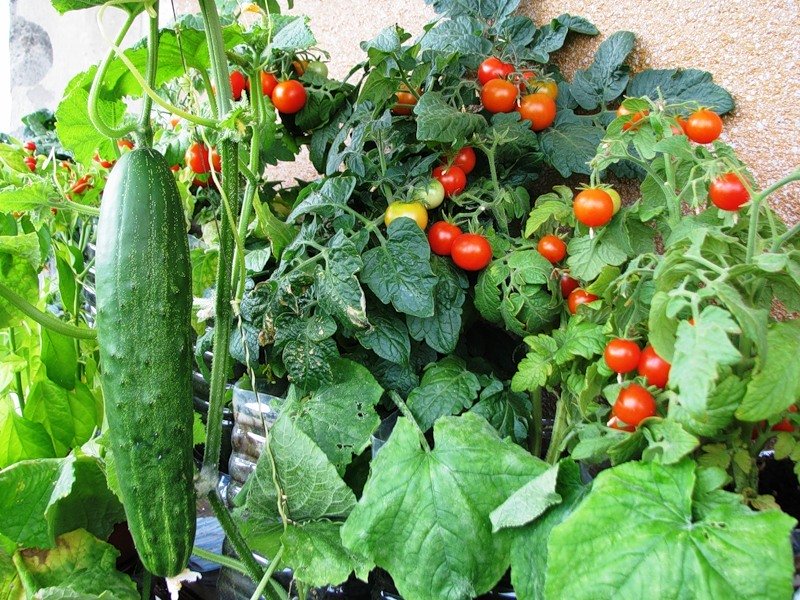
Bread fertilizer is an economical and effective way to increase the productivity of garden crops. In addition, crackers are used to make infusions, and you do not have to rack your brains over where to find the leftover bread.
Content
Bread Fertilizer: Revealing Secrets
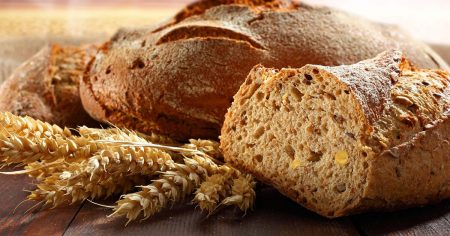
As part of ordinary bread - a lot of elements that have a beneficial effect on the growth and development of plants, the quality of fruits. The most useful are yeast included in the group of unicellular saccharomycetes.
For baking bread, use liquid, dry, active or pressed yeast. When the bread is insisted in water, fermentation begins, microflora actively develops, processing organic residues. In the process of bacterial activity, useful elements are produced that contribute to the growth of the root system and increase the immunity of plants.
The yeast used for baking bread contains:
- biologically active trace elements;
- acids: folic, paraaminobenzoic;
- B vitamins;
- vitamins D, H (biotin);
- phosphorus, potassium, magnesium, zinc.
Thanks to the production of nitrogen and potassium by bacteria, the growth of the vegetative part of garden crops is improved, and the aminocarboxylic acids and protein contained in the bread improve the quality and taste of vegetables. Fertilizer from crackers helps to increase the productivity of plants, and this is achieved without the use of chemical compounds.
What plants are suitable for bread dressing?
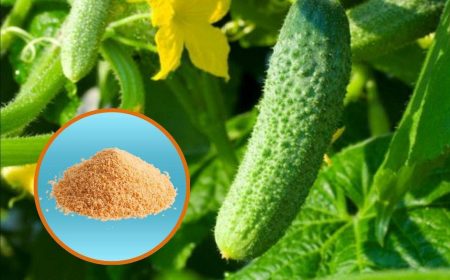
Fertilizer on bread is not a universal fertilizer for all garden crops, as it is useful to some plants, and on the contrary, it can harm others.
The use of bread composition for vegetables such as:
- Tomatoes
- cucumbers
- melons;
- eggplant;
- pepper;
- Strawberry wild-strawberry.
Fertilizing on breadcrumbs has a beneficial effect on the growth of flower crops, but they are not used for garlic, onions, and potatoes.
Both methods of top dressing are practiced: watering under the root and spraying with bread infusion over the leaves. In addition to garden crops, bread fertilizer is used for indoor plants.
Feeding recommendations
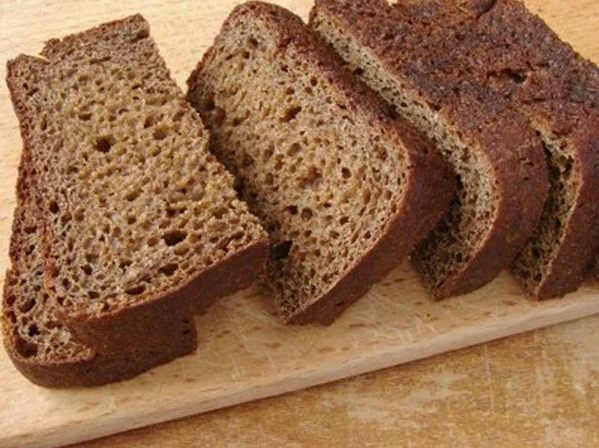
Infusions on breadcrumbs (rye, wheat) are used throughout the growing season. A few useful tips will help make feeding more effective:
- During fermentation, bacteria release nitrogen and potassium, but calcium is actively washed out of the soil. In order to prevent a deficiency of this useful element, infusions of wood ash are introduced at the same time as top dressing the bread.
- Do not overdose formulations. Otherwise, it is possible to obtain inhibition of plants instead of building up green mass and root system.
- It is advisable to use rye bread for the preparation of infusions, although wheat will also work. Slices of rolls, loaves, brown bread are dried, and then infusions are prepared.
- Pieces of bread and crackers with mold formed on the surface are suitable for fertilizer. Mold fungi are not dangerous for vegetable, flower crops, therefore such bread is quite suitable for infusions.
- It is not allowed to use slurry, divorced mullein or bird droppings at the same time as bread fertilizer.
- When the bread is fermented, a specific smell appears, so leave the containers in a remote place.
- When using bread infusions on acidic soils, it is recommended to add chalk or dolomite flour to the fertilizer. This will neutralize the acid and maintain the desired soil balance.
- After insisting crackers for feeding use only liquid. The resulting cake is “sent” to a compost heap and in no case is thrown away.
- It is not recommended to water infused weakened plants.
- Top dressing is applied only to warm soil, in the late afternoon. Do not water tomatoes or cucumbers in the heat, as this causes a burn to the root system.
- For crops growing in the shade and penumbra, infusions from bread, due to their poor assimilation, are not used.
Folk recipes
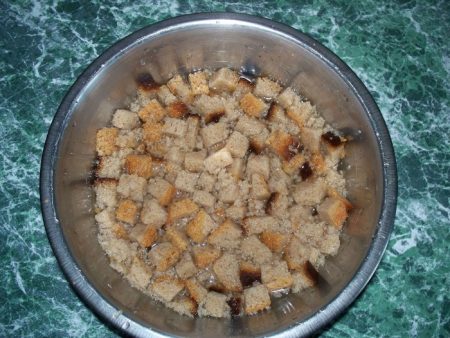
The basis of all recipes for bread fertilizer is one technology, when crackers are soaked in water for a certain period of time. But there are many options, and it all depends on the added components.
Basic recipe
The technology for preparing standard top dressing is simple:
- prepared dried slices of bread crumb or crusts are poured into a container (tank, bucket) by 2/3;
- fill the contents with warm water so that the crackers are hidden;
- close everything with a lid and crush it with oppression;
- clean the bucket for 10-14 days in a distant warm corner.
When the time has passed, the composition is filtered, the swollen crackers are removed in compost, and the liquid is diluted with clean water. Dosages for the use of bread infusion are different for each vegetable or flower crop, and the timing of top dressing is also required.
Nettle bread infusion recipe
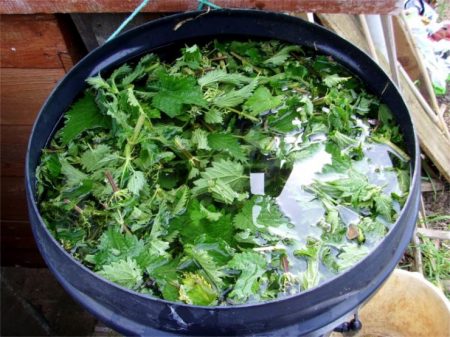
The addition of nettle or other weed grass (comfrey, dandelion) to the fertilizer increases the nutritional value of feeding.
Recipe:
- in a tank or barrel is placed on 1/3 of the crushed nettle;
- add 1/3 of rye or wheat crackers;
- fill everything with warm water;
- cover the contents with a lid of a diameter smaller than the top of the barrel;
- pressed with a load so that crackers and grass do not float;
- insist 8-10 days.
The resulting composition upon application is diluted with water.
Recipe with Ash
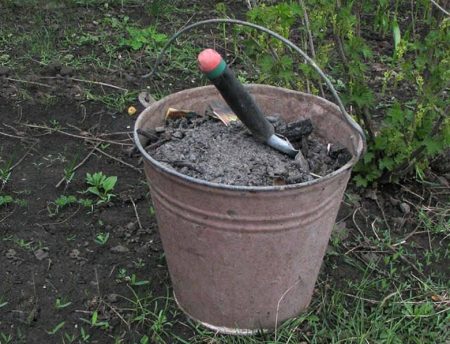
Another popular option for the preparation of bread dressing:
- 1 kg of crackers are poured into a barrel of 100 liters;
- add a couple of liters of sifted ash;
- fill the entire contents with warm water;
- cover with oppression lid;
- tightly close the barrel with polyethylene;
- cleaned in a warm place for a week.
After the composition is infused, it is carefully filtered, diluted with water 1: 5. The infusion is ready to use!
Jam Recipe
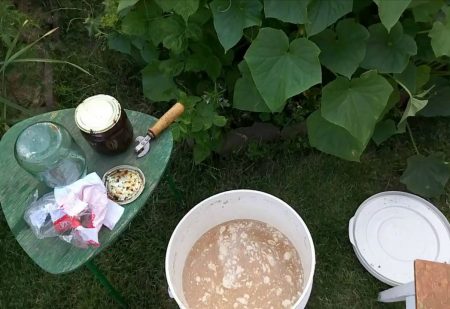
To prepare such top dressing, in addition to breadcrumbs and water, jam and yeast are required:
- 0.5 crackers are added to a container of 10 liters;
- add 400-500 ml of jam (any);
- yeast is added there (150-200 grams);
- fill everything to the top with water.
Cover the container with a lid, allow the contents to stand for 8-10 days. The composition is diluted with water: on a bucket of water - 1-2 glasses of infusion. Apply for root and foliar top dressing.
Infusion of iodine and bread
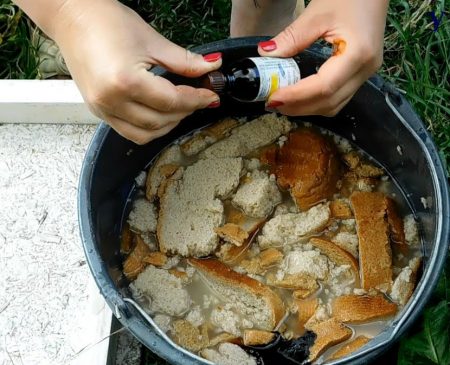
Another simple recipe for feeding plants during the growing of seedlings:
- bottle of iodine (30 ml);
- black bread (one loaf is enough);
- warm water.
Rusks are poured into a bucket, poured with water (9 liters), iodine is added, gently mixed and hermetically closed. The infusion is kept for a week, then it is poured into plastic bottles and screwed with caps. When used, dilute with water: per liter of infusion with iodine and bread take a bucket of water.
When preparing the infusion, an indicator that the fermentation process is in full swing - the foam that has appeared. In the absence of foam, the container with bread infusion is moved to a warm place for quick fermentation.
In hot weather, fertilizer is prepared faster; on cooler days, more days will be required. Also, fertilizers made from wheat crackers are infused for longer, but rye bread is fermented quickly.
How to top dress with brown bread
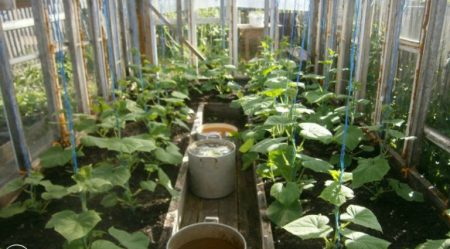
In order for the efforts to prepare bread fertilizer not to be wasted, and the compositions give an effect, it is required to take into account the characteristics of each garden crop and to properly feed.
Topping with Cucumber Bread
During the flowering period and the formation of the first ovaries, cucumbers need enhanced nutrition. Bread fertilizer is an ideal option, as it does not contain any chemical elements that tend to accumulate in greenhouses, while at the same time it has a beneficial effect on plants.
For root dressings of cucumbers, all recipes with bread are suitable:
- with ash;
- with nettles;
- with jam.
Prior to use, the infusion is diluted in water, 1 liter of fertilizer per bucket of water. First, the cucumbers are slightly spilled with ordinary water, then 500 ml of fertilizer are applied under the bush, then the plants are again spilled with water.
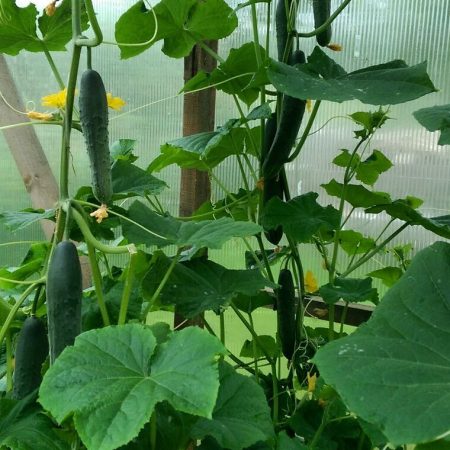
After top dressing, gently loosen the soil around the plants.
Intervals between making bread dressing - 8-10 days. Cucumbers begin to feed at the beginning of the appearance of the first buds, continue until the end of fruiting.
Result:
- plant strengthening;
- increased endurance to adverse conditions;
- growth acceleration;
- an increase in the number of ovaries;
- increased immunity to disease.
Fertilizing Tomato Bread
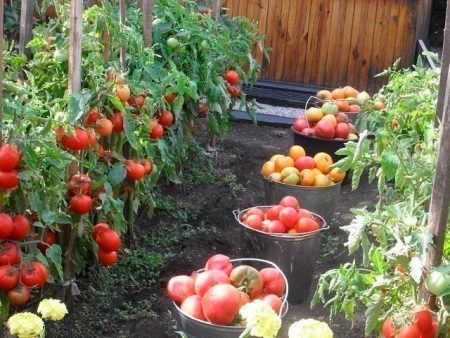
For tomatoes, 2-3 additional dressings with bread are quite enough, while it is advisable to carry them from the moment of flowering to the beginning of fruiting.
Use compounds with breadcrumbs and ash, with nettles (root top dressing), with iodine - for spraying. Tomatoes are watered every 7-10 days, preferably in the evening. At this time, the soil is warm, which is important for the normal functioning of bacteria, and there is no very strong evaporation of moisture from the soil.
The infusion is diluted in the ratio: for 10 liters of water take one liter of bread slurry.
Result:
- infection resistance is developed;
- for a long time the tops remain green, do not turn yellow;
- the number of ovaries increases;
- the taste of tomatoes improves.
It is advisable to use infusions in combination with other fertilizers, not forgetting that the effect is obtained only with the correct application of fertilizing.
Fertilizing flower crops with bread
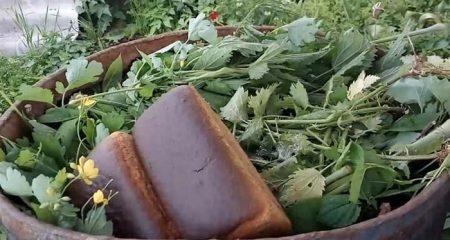
Gardeners successfully use bread dressing as fertilizers for flower crops. Such nutritious “dinners” stimulate plants for lush and prolonged flowering, increase immunity to diseases.
Feeding bread with peonies, chrysanthemums, roses, that is, those ornamental plants in which the vegetative part is well developed, gives a good effect. After fertilizing, the foliage turns green, the number and size of buds increase.
Flowers are fed twice a season:
- the first time in the spring, when the plant went into growth
- the second time - at the time of budding and the beginning of flowering.
Apply the infusion, diluting it previously in water: per liter of fertilizing - 10 liters of water.
Fertilizer from bread for seedlings
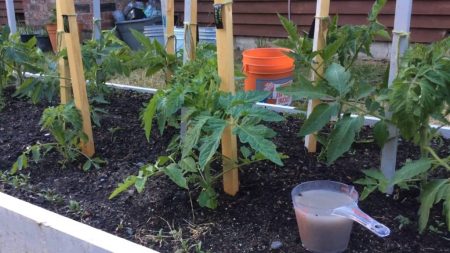
In the middle lane, such crops as tomatoes, cucumbers, eggplant, sweet pepper are grown through seedlings. Healthy and strong seedlings are a guarantee that the harvest will be high, and the same bread dressing will help to achieve this.
For watering seedlings, barrels of fertilizing are not needed, so the recipe will be different:
- a loaf of black bread is crushed (or an approximate amount of crackers), poured into a large pan or tank;
- pour warm water (5 liters);
- cover with a lid and clean in a warm place;
- thicken wring out and clean;
- the remaining infusion is filtered;
- for top dressing, seedlings are diluted with pure water: a liter of infusion per 8 liters of water.
Plants in boxes or containers are watered twice, with an interval of 10 days. Tomatoes are fed only after diving in separate containers.
Such bread infusion is used to water indoor plants to stimulate flowering and improve growth.Top dressing is applied only at the root, being careful not to fall on seedlings and flowers.
Bread infusion against weeds
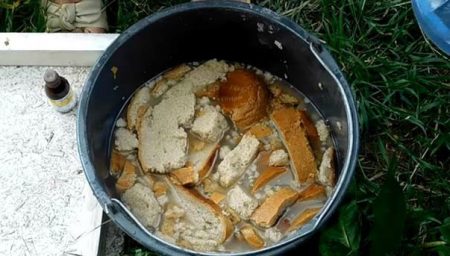
Another option for using infusion on crackers is against weeds that cause a lot of trouble to gardeners. It is prepared in the fall, after harvesting, so that immediately after fermentation it can be used on beds.
A classic recipe for soaking crackers in warm water, insisting 10-14 days will work. After the crackers are infused, the composition spills the soil on the site where the next season they plan to plant cucumbers, tomatoes, and gourds.
Then the beds are covered with a dense film, strengthen it with stones, boards. After watering, weeds actively begin to grow on the area under the film, and as soon as the first frosts begin, the plants freeze. In spring, their number will be noticeably smaller.
Inexpensive and effective fertilizer from bread is available to all summer residents. Proper feeding will allow you to get a good crop of tomatoes, cucumbers, peppers, while dispensing with the use of "chemistry" in the garden.
Reviews
Ekaterina, Pskov
I read about five years ago in one of the garden magazines about feeding with bread. I immediately tried it on my cucumbers and was pleasantly surprised by the result. The most important thing is that even in bad weather the ovaries go perfectly, and in terms of time much earlier.
Watered all summer, about once every 10 days. I call top dressing “kvass”, I think that my cucumbers really like it. I didn’t water the tomatoes, I don’t know the result.
Eugene, Kineshma
Used crackers for top dressing tomatoes, cucumbers, peonies. For cucumbers, I also mixed weeds in a bucket with breadcrumbs (took dandelion, nettle), the proportion for the “eye”. He poured hot water, stood, then planted and watered. During the summer I spend twice such feeding, not a single bush is sick, they grow just fine.
I watered different flowers, but the result is the most noticeable in the peony bush: the flowers are large, the shades are bright, and bloom for a long time.

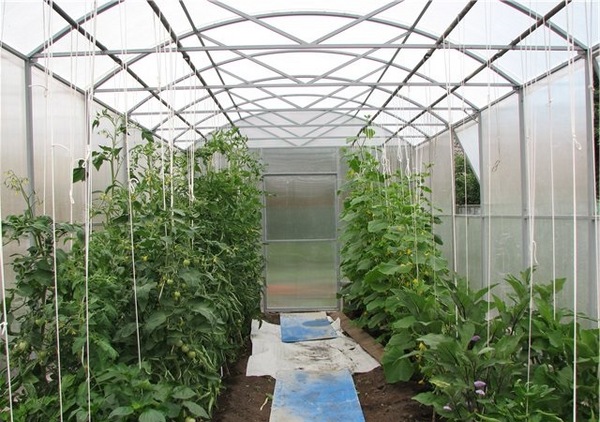
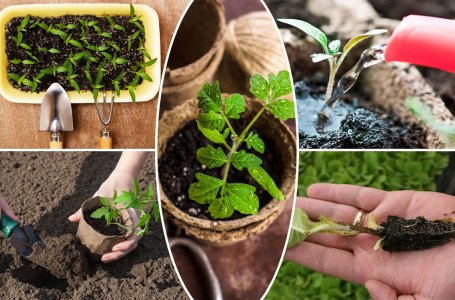
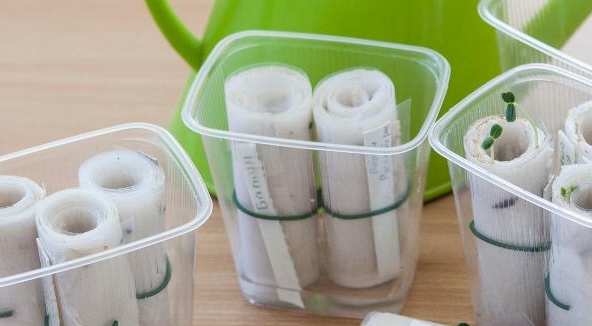
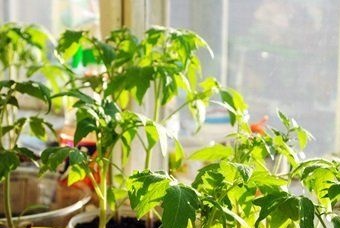 10 mistakes that destroy seedlings
10 mistakes that destroy seedlings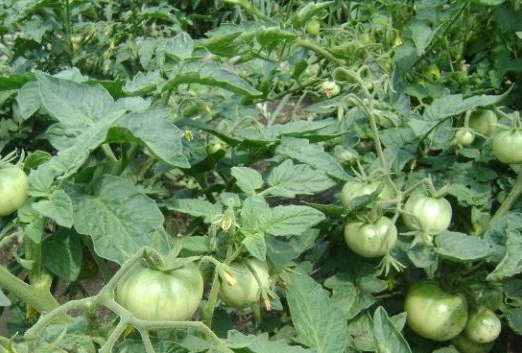 What crops are solanum plants?
What crops are solanum plants?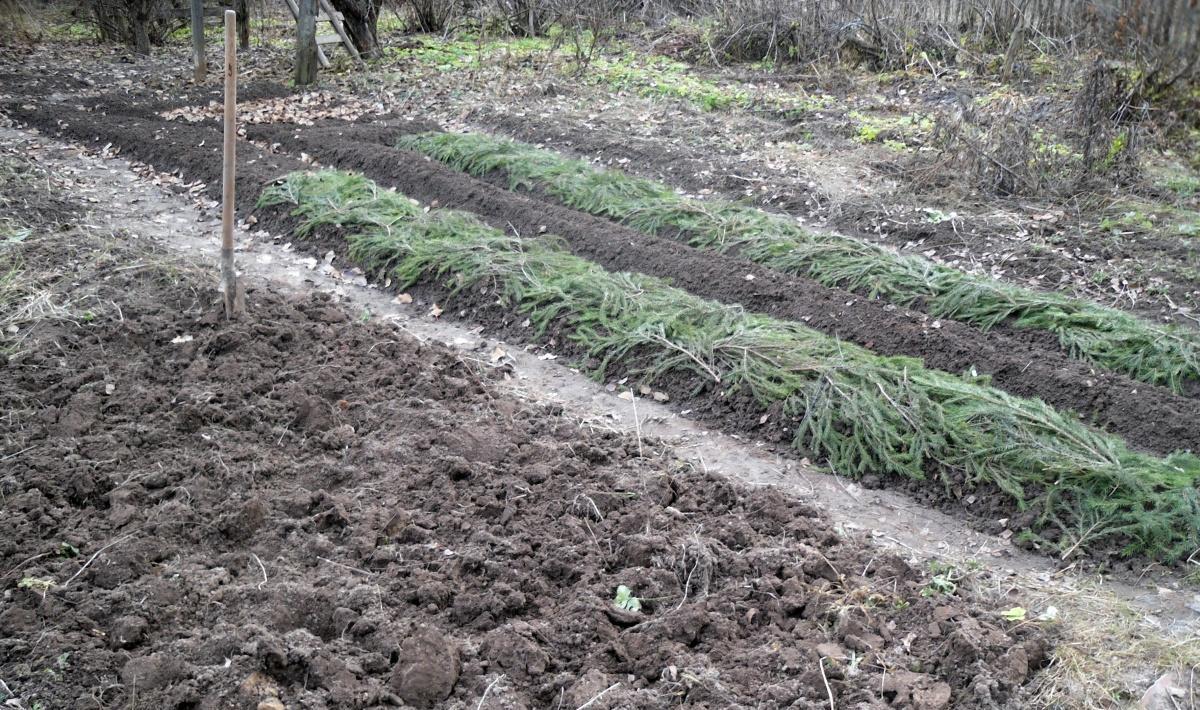 What to plant in the garden before winter: what vegetables, flowers, herbs, trees and shrubs
What to plant in the garden before winter: what vegetables, flowers, herbs, trees and shrubs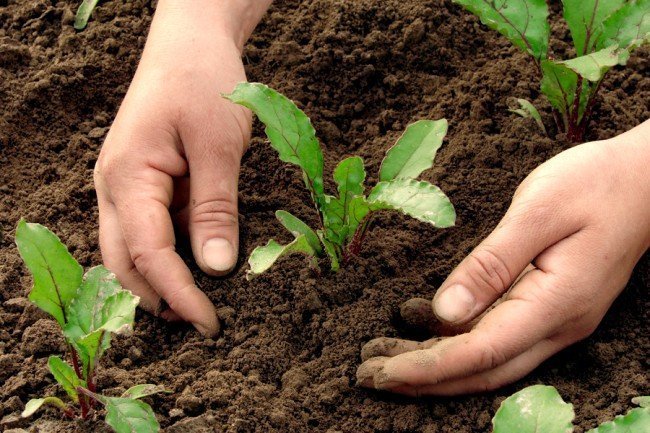 What can be planted at the end of summer in open ground in different regions to grow rapidly
What can be planted at the end of summer in open ground in different regions to grow rapidly
Lydia
Recipes are good, but how to dump them into notes in classmates?
Lydia
Great recommendations
Taras
A good recipe, but it’s even better to put a spoonful of red caviar on each piece of bread, but black is better and the result will surprise you.
NATALIA
Taras, I liked your recipe the most! Thank!